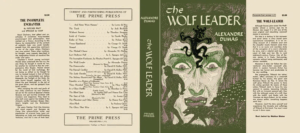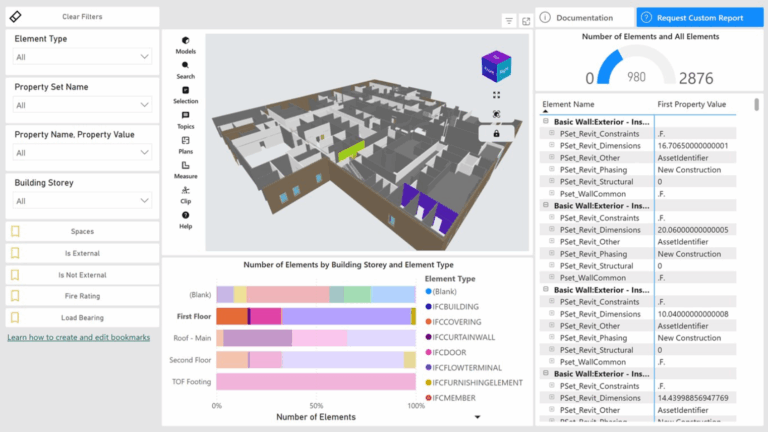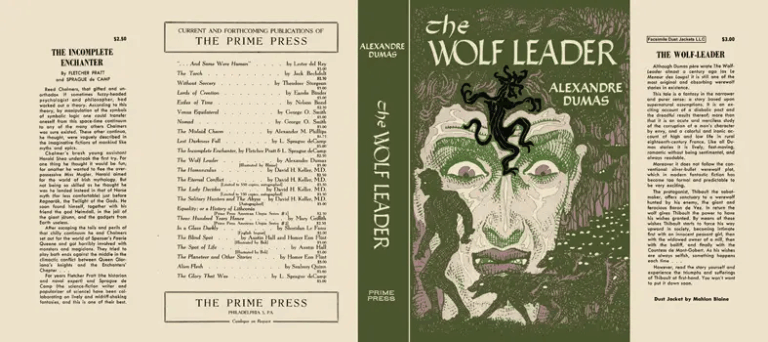Yesterday we introduced the concept of Antifragility. Today let’s see some principles of using it in innovation, particularly digital innovation which thrives on disruption.
- Embrace Uncertainty: companies that drive digital innovation often face volatility. By embracing uncertainty rather than fearing it, you allow space for creativity and evolution. For example, digital products like Instagram started as something entirely different and evolved based on user feedback and market demands.
- Iterative Development: following an antifragile approach means building systems that can evolve through iteration. Instead of launching a perfect product, launch a Minimum Viable Product (MVP) and gather real-world data. This feedback loop lets the product grow stronger with each iteration, adapting to market needs.
- Diversification: companies like Google thrive because they invest in moonshot projects like AI, quantum computing, and self-driving cars. By diversifying, companies can leverage failures in one area to strengthen another.
- Fail Fast, Fail Forward: digital innovators need to internalize that failures aren’t the enemy—they’re opportunities for growth. Each failure teaches something new, pushing you closer to a breakthrough.
“Fail Fast, Fail Forward” is a mantra that has gained significant traction in the fields of technology, entrepreneurship, and innovation. At its core, it represents a mindset and strategy for tackling complex problems and fostering creativity by leveraging failure as a learning tool, and the approach is deeply interconnected with the principles of antifragility, where failure is not seen as a setback but as an essential part of growth and progress.
We’ll see more about it tomorrow.








No Comments